Ethics & Policy
Meet The AMBANI Women: Kokilaben, Nita Ambani, Tina Ambani, Isha, Shloka Mehta And Radhika Merchant – The Multi-Generational Icons Behind India’s Most Powerful Family
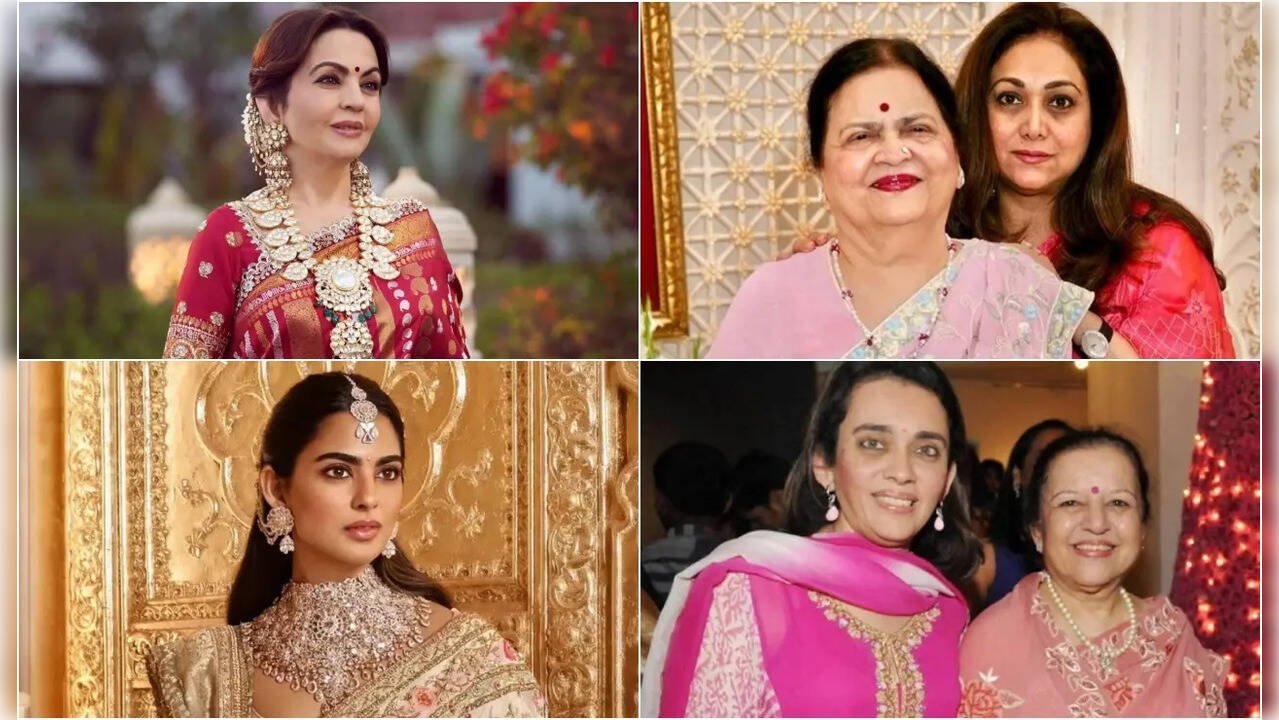
Meet the AMBANI Women: Behind Mukesh, Akash & Anant Stand Kokilaben, Nita, Isha, Shloka & Radhika – The Dynasty’s True Legacy Keepers
The Ambanis may be shorthand for boardroom coups, blockbuster deals and balance-sheet bravado, yet look a little closer and you will see an altogether subtler power grid humming beneath the headlines. From a Gujarati teen bride who taught herself English so her husband’s fledgling textile business could court global investors, to a Princeton-educated philanthropist who can slip from diamond conferences to school fund-raisers without missing a beat, the women linked to India’s wealthiest family have long combined old-school grit with new-age ambition. They guard traditions, bankroll art centres, steer classrooms, dabble in cricket auctions and occasionally upstage the men at their own AGM. What follows is a guided tour of this formidable sorority—nine very different lives woven together by marriage, blood, friendship and, of course, Reliance.
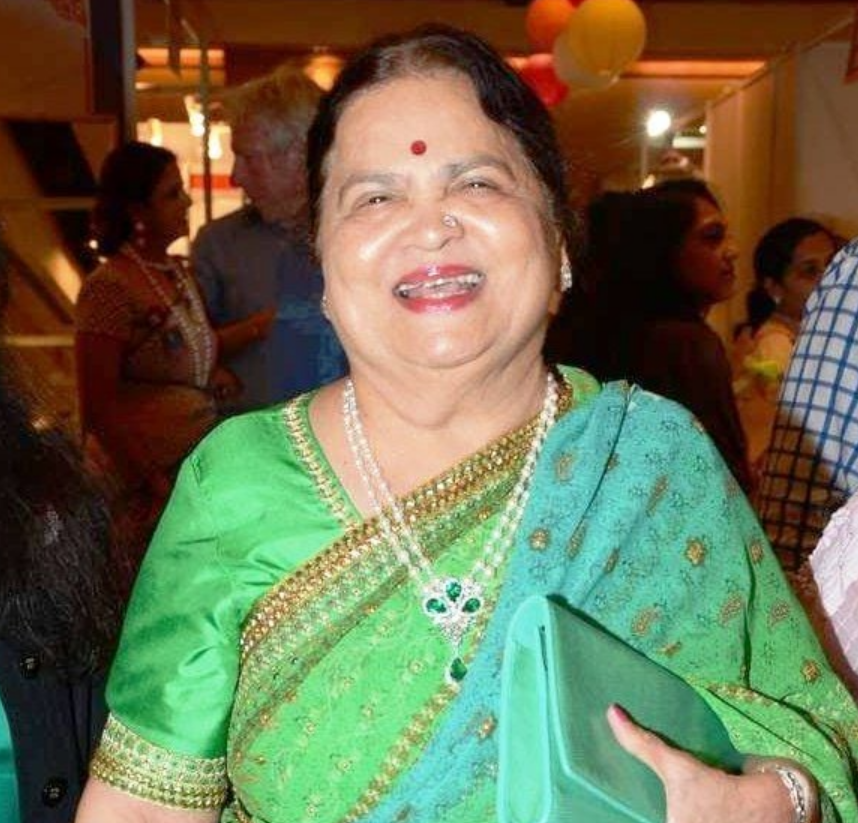
When Dhirubhai Ambani began spinning polyester yarn in a cramped Mumbai office during the 1960s, it was Kokilaben who fielded sceptical relatives, balanced household ledgers and persuaded suppliers to extend credit “just one more month”. She famously learnt English by repeating words she overheard at shareholder meetings—proof that resilience occasionally wears a cotton sari and a shy smile. Fun fact: despite keeping a decidedly low profile, Kokilaben still owns a sizeable personal stake in Reliance Industries, reportedly worth about ₹18,000 crore (Forbes India, 2024). Her real legacy, however, may be the annual family dinners she insists on hosting, where strategic disagreements end the moment the jalebis arrive.
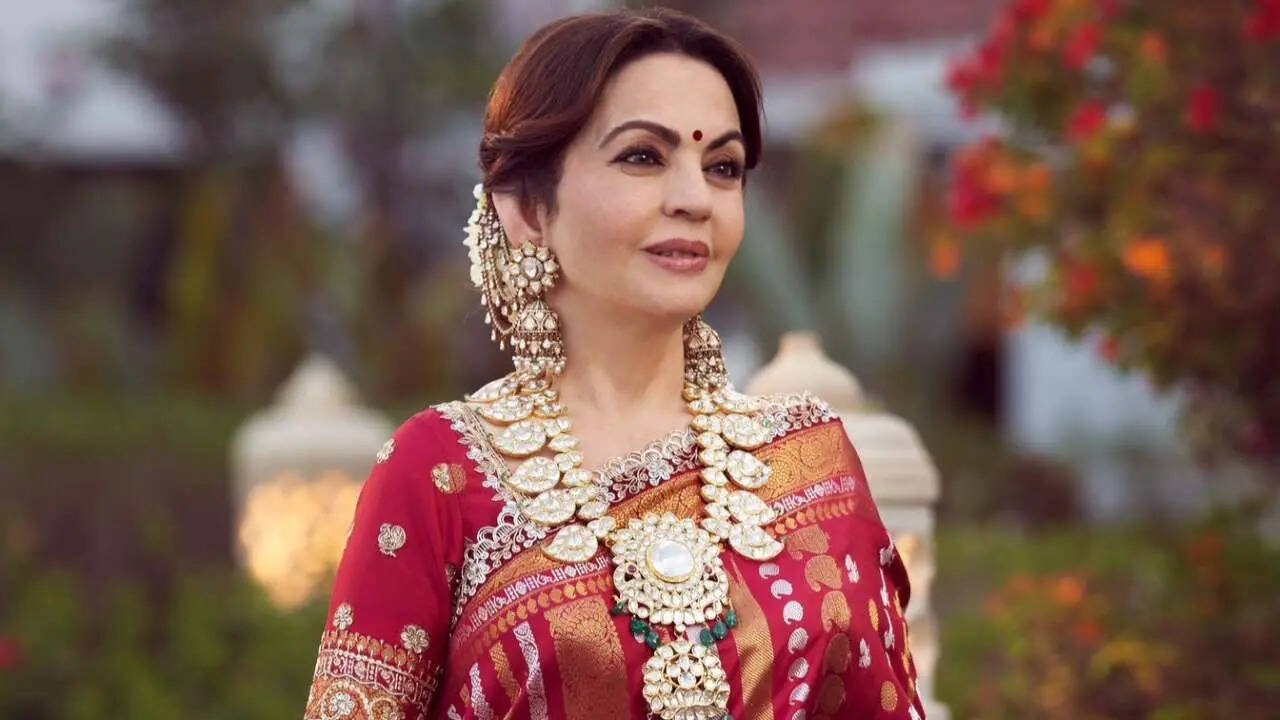
If you have watched a Mumbai Indians game, you have probably seen Nita’s mother, Purnima Dalal, whispering a silent mantra every time Jasprit Bumrah steams in. Raised in a middle-class Gujarati home, she taught her daughters thrift and tenacity—qualities that still anchor a household better known for eye-watering fortunes. Though she keeps interviews to a minimum, Purnima’s calm presence remains a comfort to Nita, who once told Femina that her mother is her “personal GPS—always pointing true north”.
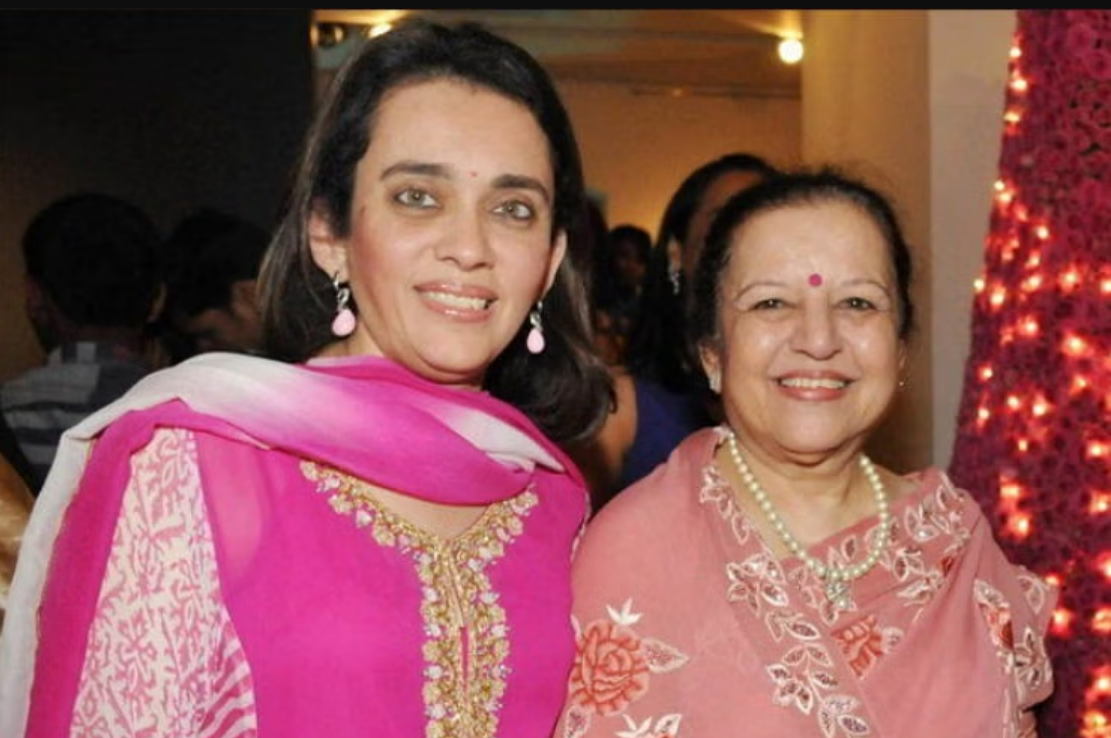
Mamta Dalal
While elder sister Nita manages stadiums and hospitals, Mamta Dalal prefers the controlled chaos of a classroom. As a key administrator at Dhirubhai Ambani International School, she has mentored everyone from Suhana Khan to Arjun Tendulkar, ensuring homework is submitted even if paparazzi are camped outside. Behind the scenes she drafts curricula, organises Model United Nations conferences and—according to colleagues—never, ever misses a staff meeting. Fun fact: her phone’s contact list reads like a Filmfare after-party guest book, yet Mamta still corrects celebrity kids’ essays with a red pen.
Radhika Merchant
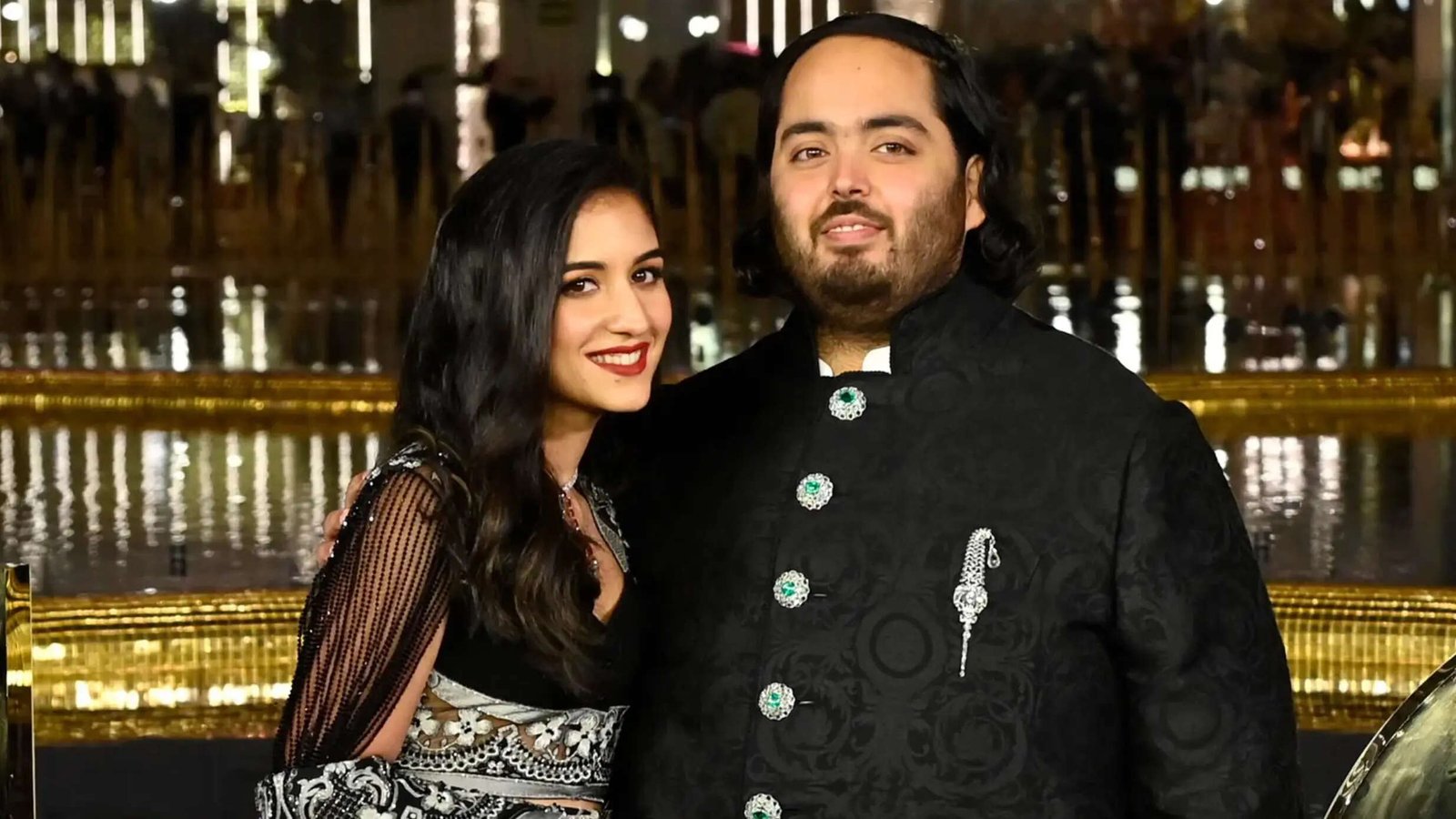
Anant Ambani’s fiancée arrived with her own corporate chops: a politics and economics degree from New York University and an executive desk at Encore Healthcare, where she is now managing director. But it was her arangetram—a classical dance debut in 2022—that melted social media; viewers noted that even Mukesh Ambani stood up for a standing ovation. Estimated personal net worth: north of ₹10 crore, not counting future Reliance dividends. Expect Radhika to blend pharma strategy meetings with funding drives for heritage dance forms.
Tina Anil Ambani
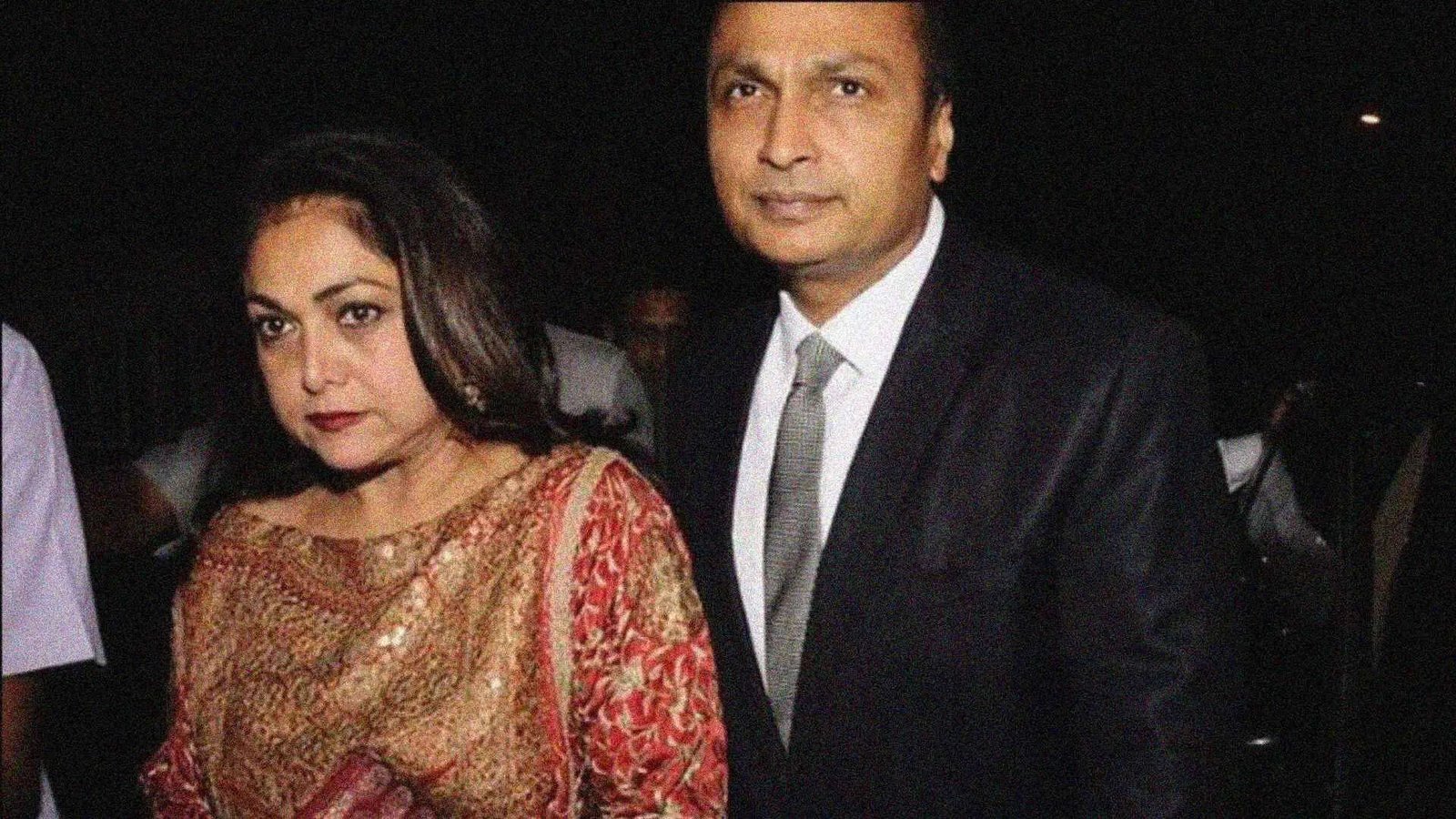
Isha Ambani Piramal
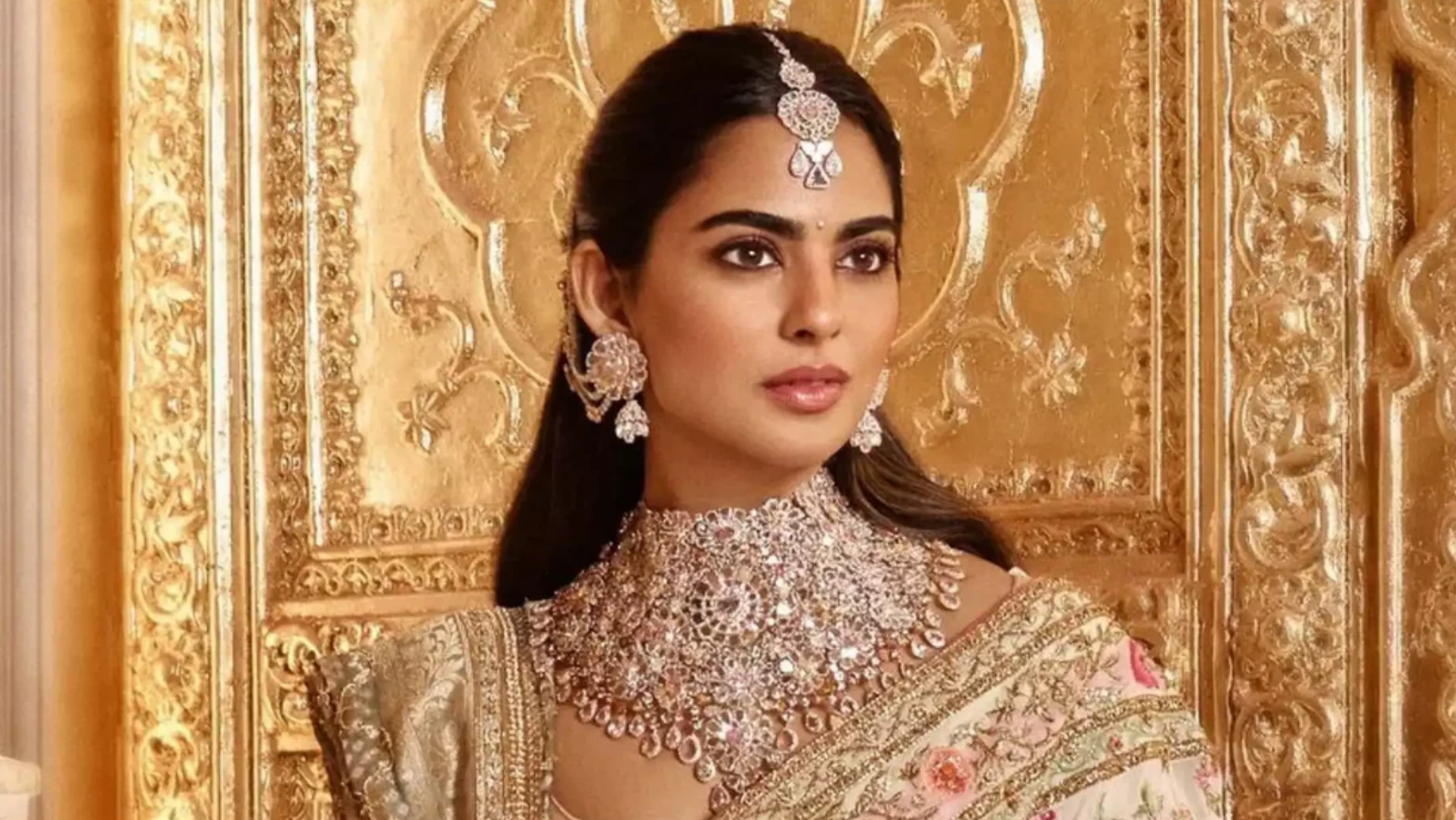
Reliance Jio began as a germ of an idea when, legend has it, Isha complained about patchy internet while studying at Yale. Fast-forward and she sits on the board of Jio Financial Services, steering fintech rollouts even as she navigates motherhood to twins Krishna and Aadiya—conceived via IVF, a journey she candidly discussed in Vogue India (2024). By opening up, Isha has given thousands of Indian women permission to speak about fertility without hushed tones.
Shloka Akash Ambani
Princeton anthropology major, LSE alumna, director at Rosy Blue (the family’s diamond juggernaut) and patron of several children’s charities—Shloka Mehta Ambani packs her schedule like a Swiss Army knife. Married to Akash in a wedding that temporarily spiked Mumbai’s traffic index, she still insists on visiting the local milkman every fortnight to ensure the cows are treated ethically. Fun fact: Shloka once explained to a Davos panel how ancient bead-making techniques inform modern supply-chain ethics—sparking both applause and bafflement in equal measure.
Nina Kothari & Deepti Salgaoncar
Mukesh and Anil’s sisters rarely court cameras, yet their footprints are unmistakable. Nina Kothari shepherds Kothari Sugars and Chemicals through commodity swings while championing women’s literacy in Tamil Nadu. Younger sibling Deepti Salgaoncar co-runs Sunaparanta, Goa’s buzziest art hub, where exhibitions range from Mario Miranda originals to avant-garde installations with QR-code audio guides. Both sisters prove influence needn’t flash neon.
Scan this kaleidoscope of entrepreneurs, educators, dancers and doyennes and a pattern emerges: each woman expands the Ambani legend not by echoing its patriarchs but by adding her own cadence—sometimes whispered, sometimes thunderous, always distinct. Their stories remind us that the might of India’s most watched dynasty is measured not just in refineries and telecom towers, but in classrooms, hospital wards, cultural galas and the quiet spaces where traditions are reinvented. And that, perhaps, is the real Reliance dividend.
Ethics & Policy
Your browser is not supported
jacksonville.com wants to ensure the best experience for all of our readers, so we built our site to take advantage of the latest technology, making it faster and easier to use.
Unfortunately, your browser is not supported. Please download one of these browsers for the best experience on jacksonville.com
Ethics & Policy
Navigating the Investment Implications of Regulatory and Reputational Challenges

The generative AI industry, once hailed as a beacon of innovation, now faces a storm of regulatory scrutiny and reputational crises. For investors, the stakes are clear: companies like Meta, Microsoft, and Google must navigate a rapidly evolving legal landscape while balancing ethical obligations with profitability. This article examines how regulatory and reputational risks are reshaping the investment calculus for AI leaders, with a focus on Meta’s struggles and the contrasting strategies of its competitors.
The Regulatory Tightrope
In 2025, generative AI platforms are under unprecedented scrutiny. A Senate investigation led by Senator Josh Hawley (R-MO) is probing whether Meta’s AI systems enabled harmful interactions with children, including romantic roleplay and the dissemination of false medical advice [1]. Leaked internal documents revealed policies inconsistent with Meta’s public commitments, prompting lawmakers to demand transparency and documentation [1]. These revelations have not only intensified federal oversight but also spurred state-level action. Illinois and Nevada, for instance, have introduced legislation to regulate AI mental health bots, signaling a broader trend toward localized governance [2].
At the federal level, bipartisan efforts are gaining momentum. The AI Accountability and Personal Data Protection Act, introduced by Hawley and Richard Blumenthal, seeks to establish legal remedies for data misuse, while the No Adversarial AI Act aims to block foreign AI models from U.S. agencies [1]. These measures reflect a growing consensus that AI governance must extend beyond corporate responsibility to include enforceable legal frameworks.
Reputational Fallout and Legal Precedents
Meta’s reputational risks have been compounded by high-profile lawsuits. A Florida case involving a 14-year-old’s suicide linked to a Character.AI bot survived a First Amendment dismissal attempt, setting a dangerous precedent for liability [2]. Critics argue that AI chatbots failing to disclose their non-human nature or providing false medical advice erode public trust [4]. Consumer advocacy groups and digital rights organizations have amplified these concerns, pressuring companies to adopt ethical AI frameworks [3].
Meanwhile, Microsoft and Google have faced their own challenges. A bipartisan coalition of U.S. attorneys general has warned tech giants to address AI risks to children, with Meta’s alleged failures drawing particular criticism [1]. Google’s decision to shift data-labeling work away from Scale AI—after Meta’s $14.8 billion investment in the firm—highlights the competitive and regulatory tensions reshaping the industry [2]. Microsoft and OpenAI are also reevaluating their ties to Scale AI, underscoring the fragility of partnerships in a climate of mistrust [4].
Financial Implications: Capital Expenditures and Stock Volatility
Meta’s aggressive AI strategy has come at a cost. The company’s projected 2025 AI infrastructure spending ($66–72 billion) far exceeds Microsoft’s $80 billion capex for data centers, yet Meta’s stock has shown greater volatility, dropping -2.1% amid regulatory pressures [2]. Antitrust lawsuits threatening to force the divestiture of Instagram or WhatsApp add further uncertainty [5]. In contrast, Microsoft’s stock has demonstrated stability, with a lower average post-earnings drawdown of 8% compared to Meta’s 12% [2]. Microsoft’s focus on enterprise AI and Azure’s record $75 billion annual revenue has insulated it from some of the reputational turbulence facing Meta [1].
Despite Meta’s 78% earnings forecast hit rate (vs. Microsoft’s 69%), its high-risk, high-reward approach raises questions about long-term sustainability. For instance, Meta’s Reality Labs segment, which includes AI-driven projects, has driven 38% year-over-year EPS growth but also contributed to reorganizations and attrition [6]. Investors must weigh these factors against Microsoft’s diversified business model and strategic investments, such as its $13 billion stake in OpenAI [3].
Investment Implications: Balancing Innovation and Compliance
The AI industry’s future hinges on companies’ ability to align innovation with ethical and legal standards. For Meta, the path forward requires addressing Senate inquiries, mitigating reputational damage, and proving that its AI systems prioritize user safety over engagement metrics [4]. Competitors like Microsoft and Google may gain an edge by adopting transparent governance models and leveraging state-level regulatory trends to their advantage [1].
Conclusion
As AI ethics and legal risks dominate headlines, investors must scrutinize how companies navigate these challenges. Meta’s struggles highlight the perils of prioritizing growth over governance, while Microsoft’s stability underscores the value of a measured, enterprise-focused approach. For now, the AI landscape remains a high-stakes game of regulatory chess, where the winners will be those who balance innovation with accountability.
Source:
[1] Meta Platforms Inc.’s AI Policies Under Investigation and [https://www.mintz.com/insights-center/viewpoints/54731/2025-08-22-meta-platforms-incs-ai-policies-under-investigation-and]
[2] The AI Therapy Bubble: How Regulation and Reputational [https://www.ainvest.com/news/ai-therapy-bubble-regulation-reputational-risks-reshaping-mental-health-tech-market-2508/]
[3] Breaking down generative AI risks and mitigation options [https://www.wolterskluwer.com/en/expert-insights/breaking-down-generative-ai-risks-mitigation-options]
[4] Experts React to Reuters Reports on Meta’s AI Chatbot [https://techpolicy.press/experts-react-to-reuters-reports-on-metas-ai-chatbot-policies]
[5] AI Compliance: Meaning, Regulations, Challenges [https://www.scrut.io/post/ai-compliance]
[6] Meta’s AI Ambitions: Talent Volatility and Strategic Reorganization—A Double-Edged Sword for Investors [https://www.ainvest.com/news/meta-ai-ambitions-talent-volatility-strategic-reorganization-double-edged-sword-investors-2508/]
Ethics & Policy
7 Life-Changing Books Recommended by Catriona Wallace | Books

7 Life-Changing Books Recommended by Catriona Wallace (Picture Credit – Instagram)
Some books ignite something immediate. Others change you quietly, over time. For Dr Catriona Wallace—tech entrepreneur, AI ethics advocate, and one of Australia’s most influential business leaders, books are more than just ideas on paper. They are frameworks, provocations, and spiritual companions. Her reading list offers not just guidance for navigating leadership and technology, but for embracing identity, power, and inner purpose. These seven titles reflect a mind shaped by disruption, ethics, feminism, and wisdom. They are not trend-driven. They are transformational.
1. Lean In by Sheryl Sandberg
A landmark in feminist career literature, Lean In challenges women to pursue their ambitions while confronting the structural and cultural forces that hold them back. Sandberg uses her own journey at Facebook and Google to dissect gender inequality in leadership. The book is part memoir, part manifesto, and remains divisive for valid reasons. But Wallace cites it as essential for starting difficult conversations about workplace dynamics and ambition. It asks, simply: what would you do if you weren’t afraid?

2. Women and Power: A Manifesto by Mary Beard
In this sharp, incisive book, classicist Mary Beard examines the historical exclusion of women from power and public voice. From Medusa to misogynistic memes, Beard exposes how narratives built around silence and suppression persist today. The writing is fiery, brief, and packed with centuries of insight. Wallace recommends it for its ability to distil complex ideas into cultural clarity. It’s a reminder that power is not just a seat at the table; it is a script we are still rewriting.
3. The World of Numbers by Adam Spencer
A celebration of mathematics as storytelling, this book blends fun facts, puzzles, and history to reveal how numbers shape everything from music to human behaviour. Spencer, a comedian and maths lover, makes the subject inviting rather than intimidating. Wallace credits this book with sparking new curiosity about logic, data, and systems thinking. It’s not just for mathematicians. It’s for anyone ready to appreciate the beauty of patterns and the thinking habits that come with them.
4. Small Giants by Bo Burlingham
This book is a love letter to companies that chose to be great instead of big. Burlingham profiles fourteen businesses that opted for soul, purpose, and community over rapid growth. For Wallace, who has founded multiple mission-driven companies, this book affirms that success is not about scale. It is about integrity. Each story is a blueprint for building something meaningful, resilient, and values-aligned. It is a must-read for anyone tired of hustle culture and hungry for depth.
5. The Misogynist Factory by Alison Phipps
A searing academic work on the production of misogyny in modern institutions. Phipps connects the dots between sexual violence, neoliberalism, and resistance movements in a way that is as rigorous as it is radical. Wallace recommends this book for its clear-eyed confrontation of how systemic inequality persists beneath performative gestures. It equips readers with language to understand how power moves, morphs, and resists change. This is not light reading. It is a necessary reading for anyone seeking to challenge structural harm.
6. Tribes by Seth Godin
Godin’s central idea is simple but powerful: people don’t follow brands, they follow leaders who connect with them emotionally and intellectually. This book blends marketing, leadership, and human psychology to show how movements begin. Wallace highlights ‘Tribes’ as essential reading for purpose-driven founders and changemakers. It reminds readers that real influence is built on trust and shared values. Whether you’re leading a company or a cause, it’s a call to speak boldly and build your own tribe.
7. The Tibetan Book of Living and Dying by Sogyal Rinpoche
Equal parts spiritual guide and philosophical reflection, this book weaves Tibetan Buddhist teachings with Western perspectives on mortality, grief, and rebirth. Wallace turns to it not only for personal growth but also for grounding ethical decision-making in a deeper sense of purpose. It’s a book that speaks to those navigating endings—personal, spiritual, or professional and offers a path toward clarity and compassion. It does not offer answers. It offers presence, which is often far more powerful.

The books that shape us are often those that disrupt us first. Catriona Wallace’s list is not filled with comfort reads. It’s made of hard questions, structural truths, and radical shifts in thinking. From feminist manifestos to Buddhist reflections, from purpose-led business to systemic critique, this bookshelf is a mirror of her own leadership—decisive, curious, and grounded in values. If you’re building something bold or seeking language for change, there’s a good chance one of these books will meet you where you are and carry you further than you expected.
-
Tools & Platforms3 weeks ago
Building Trust in Military AI Starts with Opening the Black Box – War on the Rocks
-

 Business2 days ago
Business2 days agoThe Guardian view on Trump and the Fed: independence is no substitute for accountability | Editorial
-

 Ethics & Policy1 month ago
Ethics & Policy1 month agoSDAIA Supports Saudi Arabia’s Leadership in Shaping Global AI Ethics, Policy, and Research – وكالة الأنباء السعودية
-

 Events & Conferences3 months ago
Events & Conferences3 months agoJourney to 1000 models: Scaling Instagram’s recommendation system
-

 Jobs & Careers2 months ago
Jobs & Careers2 months agoMumbai-based Perplexity Alternative Has 60k+ Users Without Funding
-

 Funding & Business2 months ago
Funding & Business2 months agoKayak and Expedia race to build AI travel agents that turn social posts into itineraries
-

 Education2 months ago
Education2 months agoVEX Robotics launches AI-powered classroom robotics system
-

 Podcasts & Talks2 months ago
Podcasts & Talks2 months agoHappy 4th of July! 🎆 Made with Veo 3 in Gemini
-

 Podcasts & Talks2 months ago
Podcasts & Talks2 months agoOpenAI 🤝 @teamganassi
-

 Mergers & Acquisitions2 months ago
Mergers & Acquisitions2 months agoDonald Trump suggests US government review subsidies to Elon Musk’s companies


















